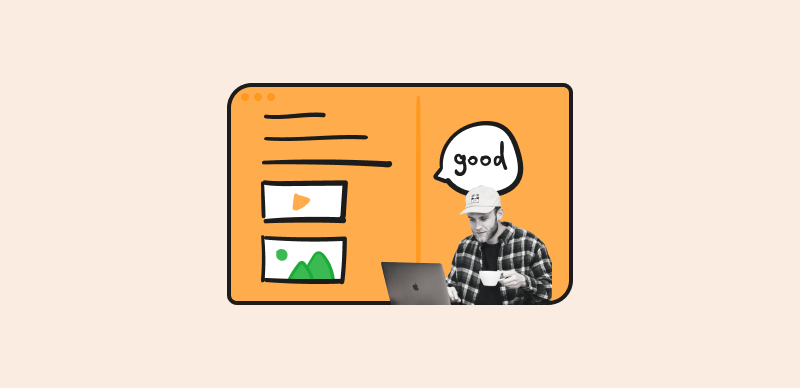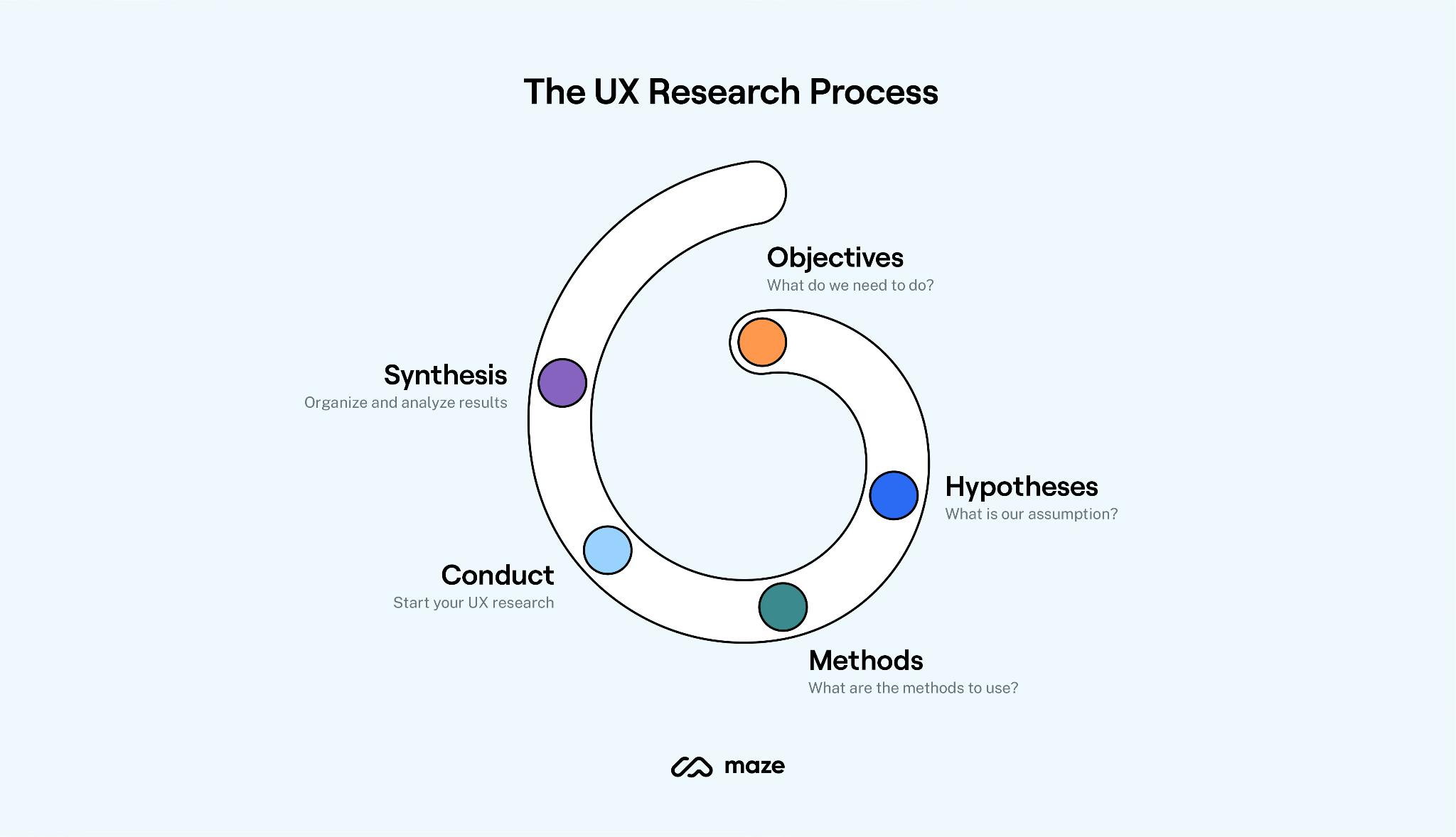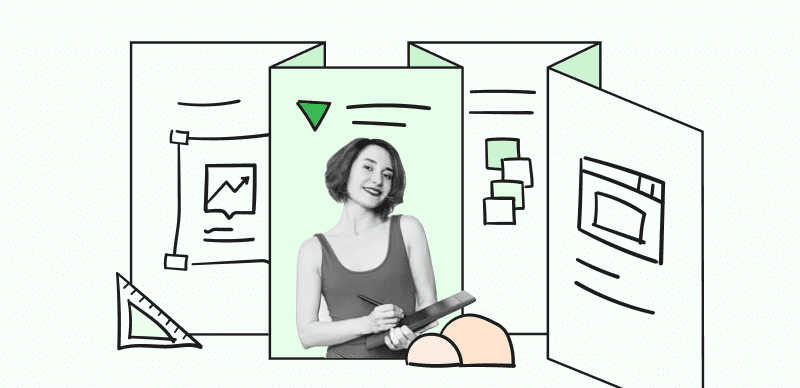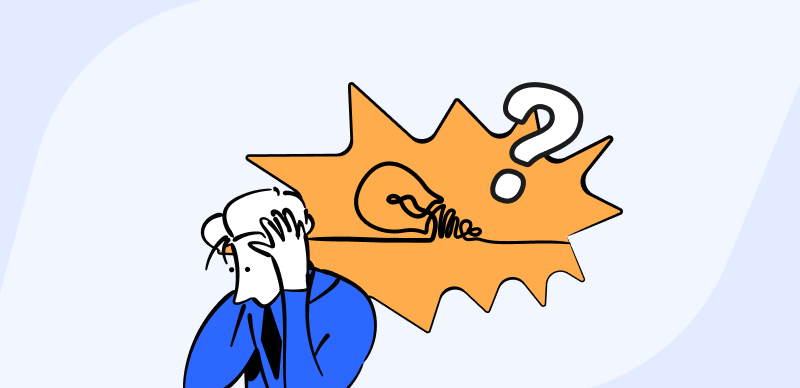
What is Conceptual Design
Conceptual design is often used for a wide variety of purposes today. From designing websites for businesses all over the globe to showing creative prototypes of new applications to all project team members and other stakeholders, the conceptual design approach broad ideas into visuals that everyone can see.
If you want to find out what conceptual design is, this article will give you a breakdown of all you need to know to help you have a better understanding. Just keep reading!
What Does Conceptual Design Mean?
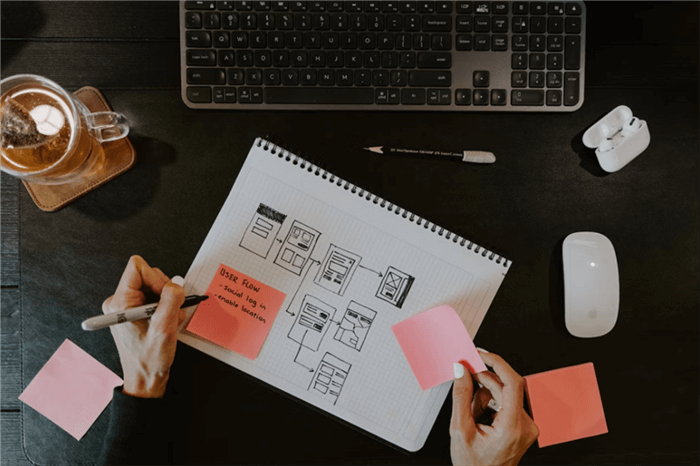
What Does Conceptual Design Mean
Conceptual design can be defined in many different ways. However, if you want everyone to have a clear understanding of what this concept really is, you need a definition that will explain the simple basics. Therefore, as this concept relates to projects like web development, it usually refers to this 2 step synopsis:
- Starts with an idea
- Translate it to a tangible/visual piece of work
Simply put, virtually anyone can bring their idea to life by picking their brain for the idea. And then, using a pen and paper to make a prototype of their concept.
The Purpose Of Conceptual Design
As mentioned above, conceptual design helps to translate ideas and concepts into visuals so that everyone can see them. Therefore, this approach is not only beneficial to all involved in small or huge projects, but it is also essential for many different purposes, including the 5 listed below.
Provides Everyone with Clear Direction
Conceptual design plays an essential role in establishing a clear direction for many different types of projects. This is primarily because a well-executed conceptual design can help align project stakeholders around a common vision. For example, since the conceptual design phase gives the team a blueprint for achieving a desired outcome, everyone involved has a much clearer direction of how much time, effort, and work is actually involved on the front end.
Better Defines User Needs
Conceptual design is also used for the purpose of defining the clients’ and the users’ needs. This is because conceptual design can help to identify the goals and requirements of the project in its early stage. For example, by integrating the client’s and users’ needs into conceptual design, the development team can create a product that is more likely to satisfy the user and meet their expectations.
Identifies Potential Challenges
Conceptual design is often used for the purpose of identifying potential challenges. This is because during the conceptual design process the team can pinpoint and examine the following:
- feasibility of the project
- potential technical constraints
- assess the risks associated with each stage of development
By identifying these challenges early on, the team can proactively plan and mitigate any potential issues that may arise during development.
Helps with Identifying the Roles and Resources
Conceptual design is beneficial in helping with identifying the requirements and the roles of the different users in the earliest stages. This means the management and project teams will know where to allocate resources as well as plan for the following:
- Budgeting
- Timelines
- Staffing
Improves Communication – Minimizes Significant Changes
Conceptual design helps to improve communication among team members and stakeholders. Everyone involved can communicate more effectively, while also working together towards a common vision. Also, by opening up the lines of clear communication during the beginning stages of a project, it helps to minimize the need for significant design changes later in the project. Thereby, eliminating the need for asking for more resources, time, and money to complete the project by the deadline that has been set.
The Conceptual Design Approach
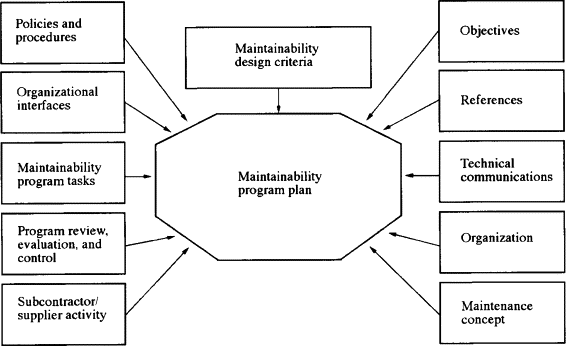
The Conceptual Design Approach
The conceptual design approach can be described as the early stage in the design process. It normally involves developing an overall understanding of the problem or opportunity that the design should address, including brainstorming ideas for potential solutions.
The person that leads this part of the process may seek to explore and experiment with different concepts, specifically when they want to identify things that will meet the requirements and constraints of the project that has been assigned.
That being said, here are the stages that this approach consists of.
Define the Problem or the services Required
Any designer’s priority must always be to define every problem before moving on to the next step. By Defining the problems of a design project, you’ll be able to set the stage for the rest of the design process. This allows you to use different methods to gain insights into the problem you are trying to solve.
Understand the Client, Brand and the Audience
Understanding the client, their brand and the audience that they are catering to is very important to help you create a clear direction or vision for a design project. It enables you to easily identify potential challenges and opportunities, which could help you establish criteria for evaluating and selecting design concepts. This phase enables you to gather as much information about these things in order to ensure the solutions that you come up with meets their specific requirements.
Research and Analysis Stage
Another key process in the conceptual design approach typically involves a range of activities, such as researching, analyzing, brainstorming, and preparing for the prototype. This part of the process may consist of engaging multiple team members to ensure that diverse perspectives are incorporated into the design. By involving a range of perspectives, designers can gain valuable insights into user needs and potential challenges, and generate more innovative solutions.
Prototype
Prototype is another effective approach for conceptual design. It’s often used for for communicating, refining, exploring, and evaluating the outcome of a design project, thus allowing the designer to gather users feedback that help him/her have a clear understanding of the problem they are addressing and a range of potential solutions.
FAQs on Conceptual Design
Q1. Why should you use conceptual design in a web development project?
The conceptual design will help the web development team to establish a clear direction visually for a project by creating a user interface that achieves a specific desired outcome.
Q2. What are some of the top benefits of using the conceptual design approach?
- Gives all involved a clear direction of the project’s ultimate goals and objectives.
- Identifies potential challenges early on in the project
- Minimizes the need for crucial design changes on the back end of the project.
Q3. Why does conceptual design improve communications among team members and stakeholders?
Conceptual designs give all involved an opportunity to see a clear user interface of the idea and make it easy to understand and interpret.
Conclusion
Conceptual design is being used for a wide variety of reasons and different purposes in today’s world. This is primarily because there are many great benefits and advantages to using this concept to deliver the projects assigned by a client or a user.
By using this strategy, project leaders and their teams can present their clients and users’ ideas and concepts in a visual format that makes it easy to view, interpret and understand.

